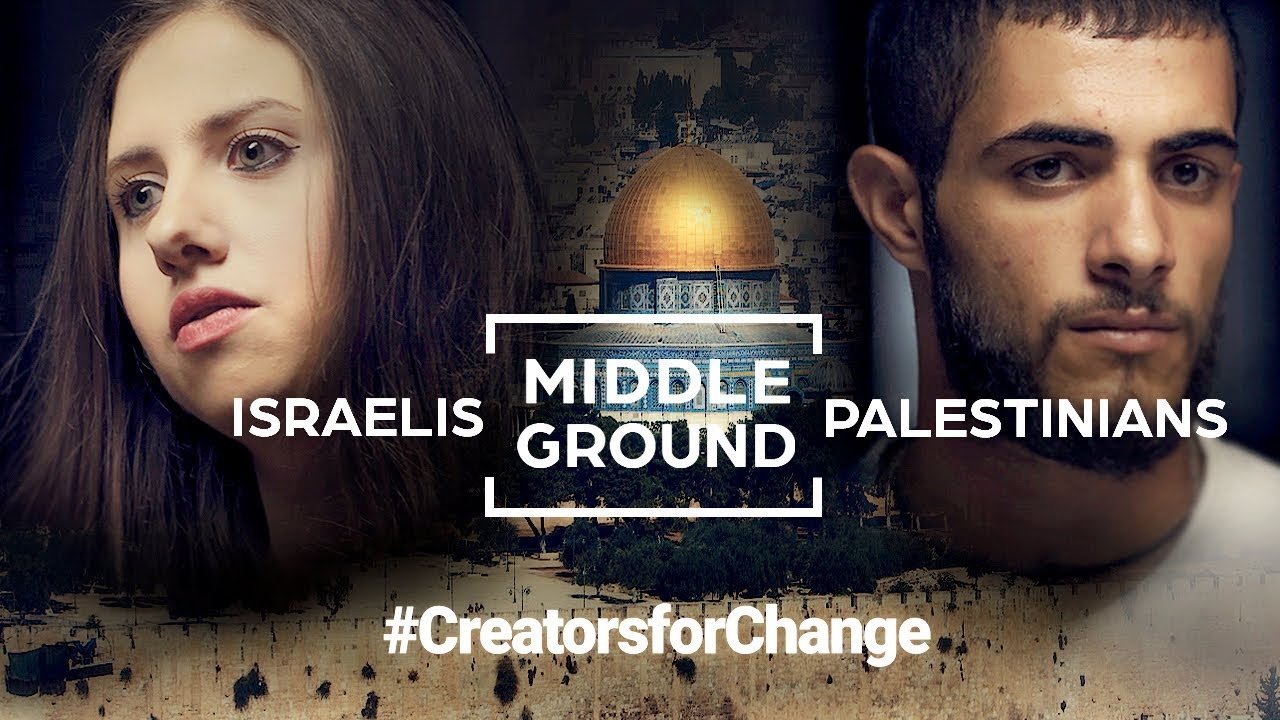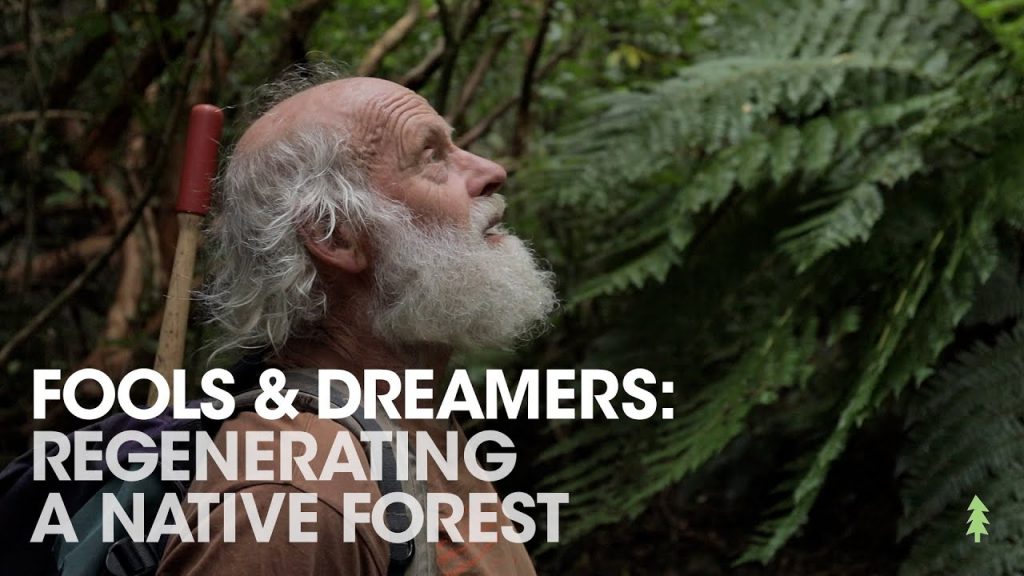Can Israelis and Palestinians See Eye to Eye? || Creators for Change

Israelis and Palestinians
Israelis and Palestinians come together to find a middle ground. Can they look past the deep conflict to understand one another?
What are some of the historical, political, cultural, and religious factors fueling the Israeli-Palestinian conflict?
In recent years, the longstanding conflict between Israelis and Palestinians has increasingly gained international attention. The Israeli-Palestinian conflict dates back to the early 20th century, and peace talks and negotiations have been attempted since the 1990s. However, a lasting resolution has yet to be achieved.
But can Israelis and Palestinians see eye to eye? The answer is not a straightforward one. The conflict has been fueled by a complex web of historical, political, cultural, and religious factors, making the path towards peace difficult to navigate.
One key factor is the issue of land ownership and territorial disputes. Both Israelis and Palestinians have claimed rights to the land, leading to territorial disputes and violent conflicts. The establishment of Jewish settlements in the West Bank and East Jerusalem have been a source of tension and disagreement, with Palestinians arguing that it violates their sovereignty and rights to the land.
Additionally, the conflict has become intertwined with the issue of religion. The city of Jerusalem, which is considered a holy site by both Jews and Muslims, has been a focal point of the Israeli-Palestinian conflict. The dispute over the status of the city and the rights of each group to the sites here has been a contentious issue.
Another factor that has led to conflict is the issue of security. Both Israelis and Palestinians have been the targets of violent attacks, with each side accusing the other of being responsible. This has led to mistrust and fear, making negotiations and compromise difficult.
Despite the many obstacles, there have been efforts to promote peace and understanding between Israelis and Palestinians. Among these is the YouTube initiative, Creators for Change, which aims to promote social change and encourage dialogue between different communities.
By facilitating conversations between Israelis and Palestinians, Creators for Change hopes to bridge the gap between the two communities and challenge stereotypes and prejudices. The program has brought together young people from both sides to discuss their experiences, aspirations, and perspectives on the conflict.
One of the key objectives of the program is to encourage empathy and understanding between Israelis and Palestinians. By sharing their stories and experiences, participants are able to better appreciate the challenges faced by the other side and work towards a more peaceful and equitable solution.
In conclusion, while the Israeli-Palestinian conflict may seem intractable, there is hope that a lasting resolution can be achieved. Programs like Creators for Change are helping to break down barriers and foster dialogue between Israelis and Palestinians. By emphasizing the need for empathy and understanding, we can move towards a future of peace and cooperation.









30 medicinal plants the Native Americans used on a daily basis
ONE MORE TIME
Burning Man
How a Master Sushi Chef Creates the Perfect Japanese Omelette: Tamago — Omakase
Good Samaritans Get….? Chat with Rasta Mokko! How Ugly are Matthew’s Shoes??